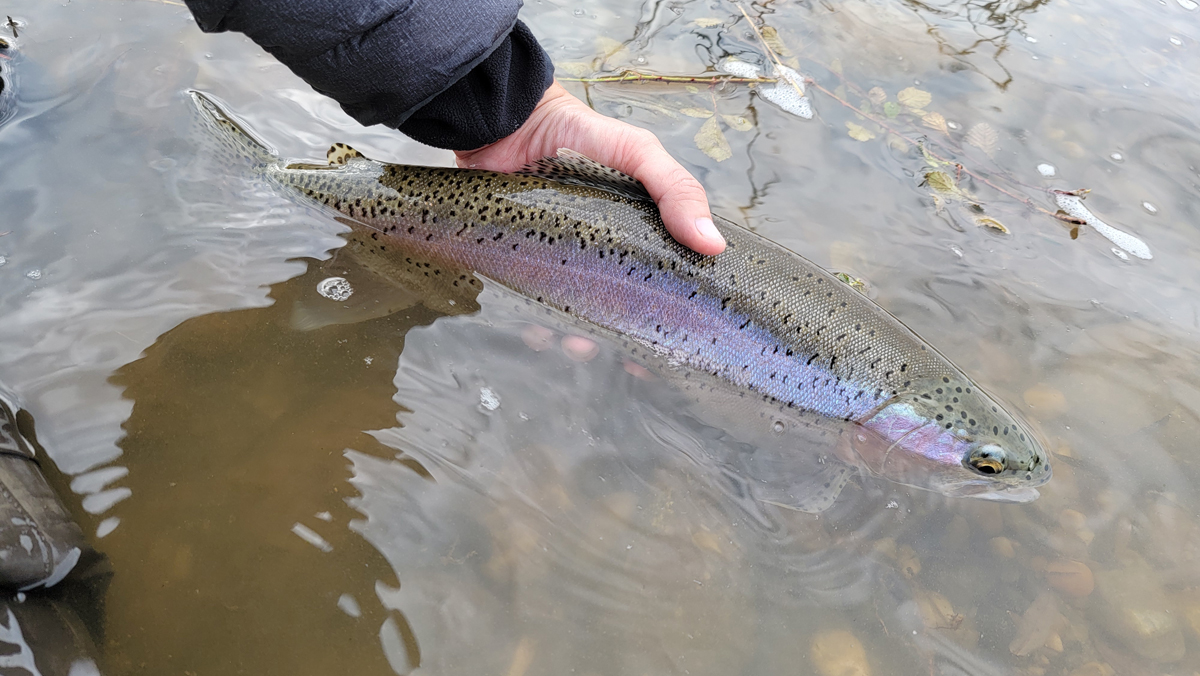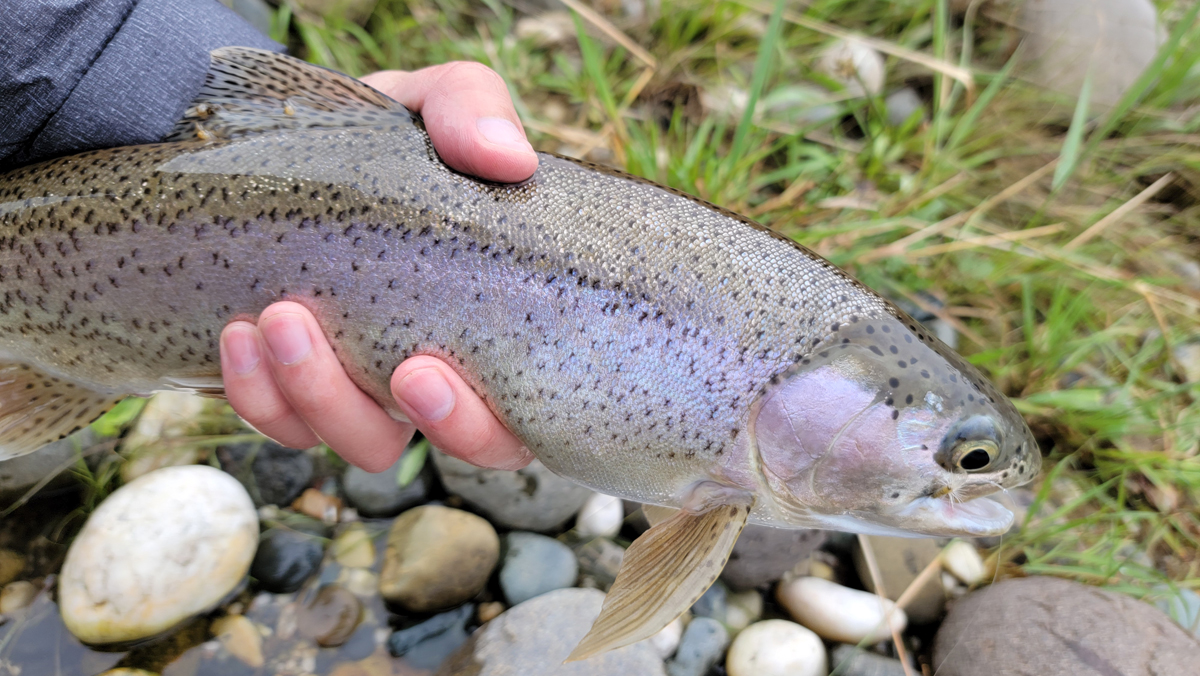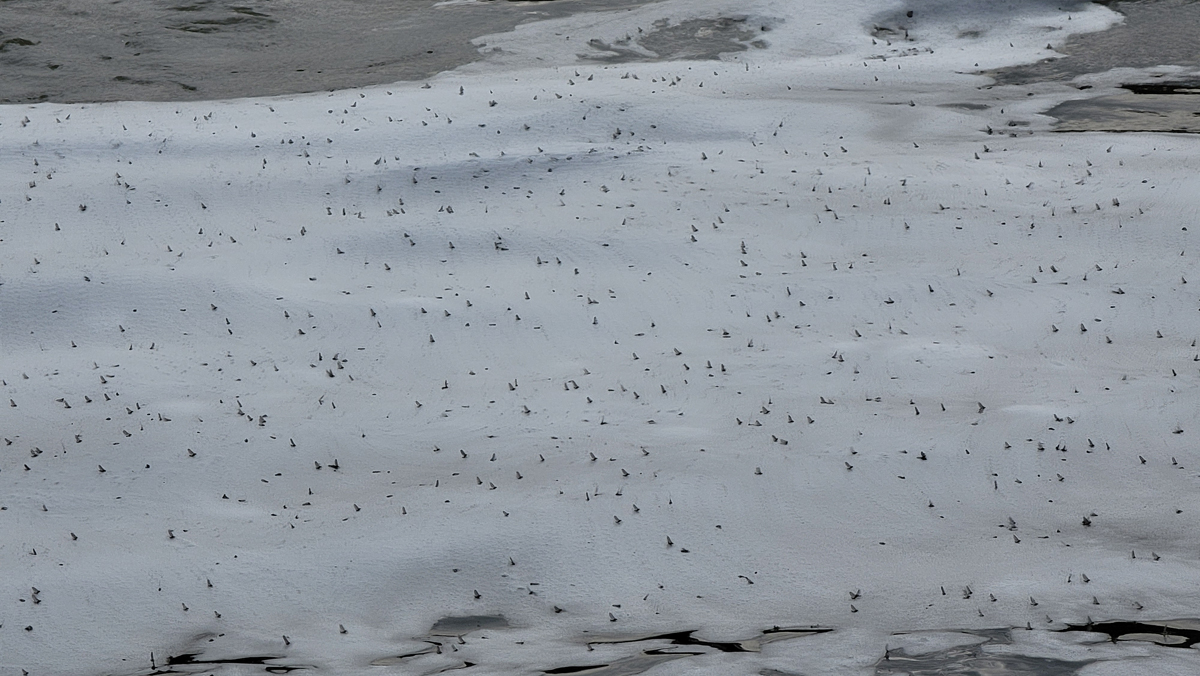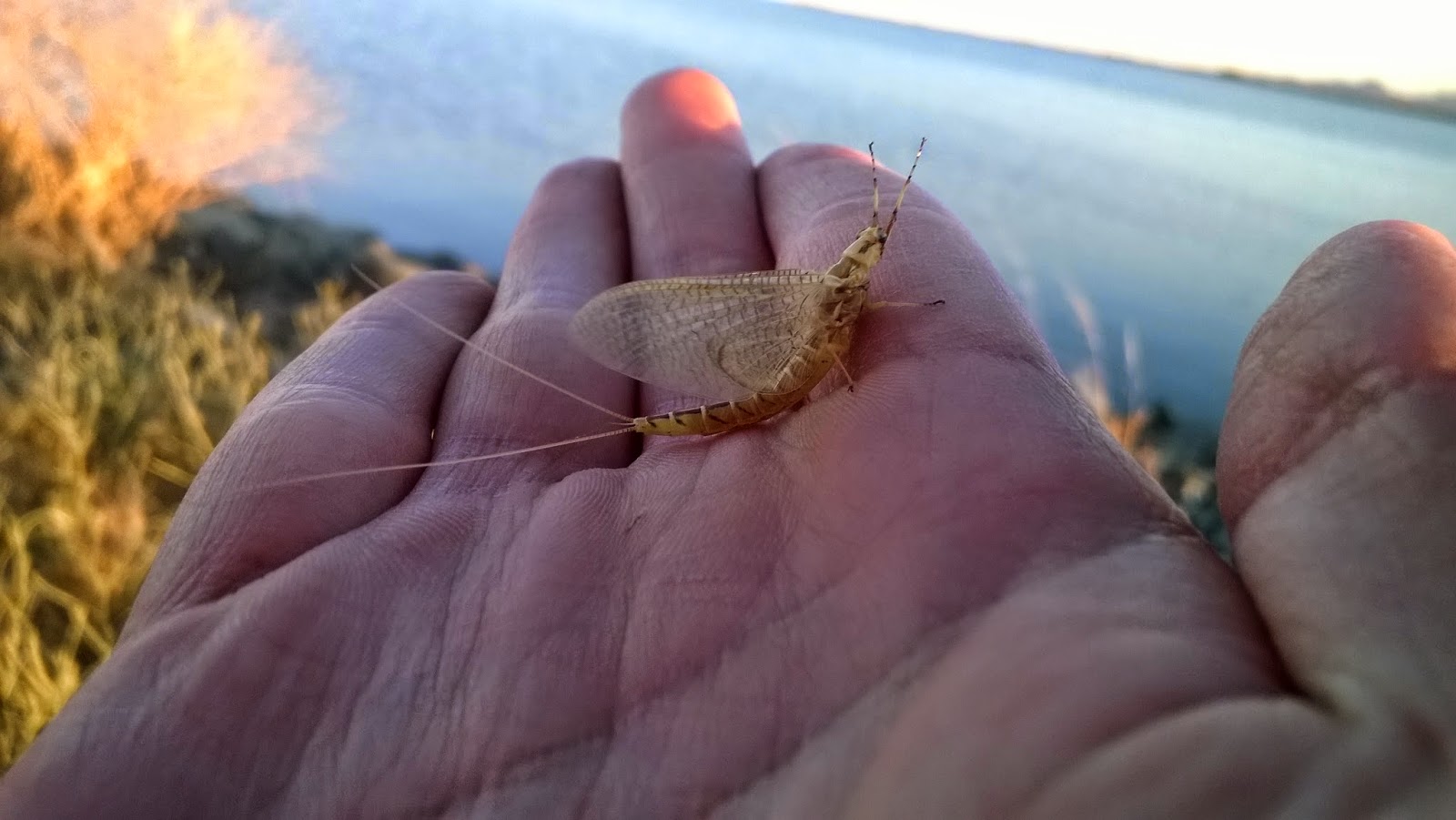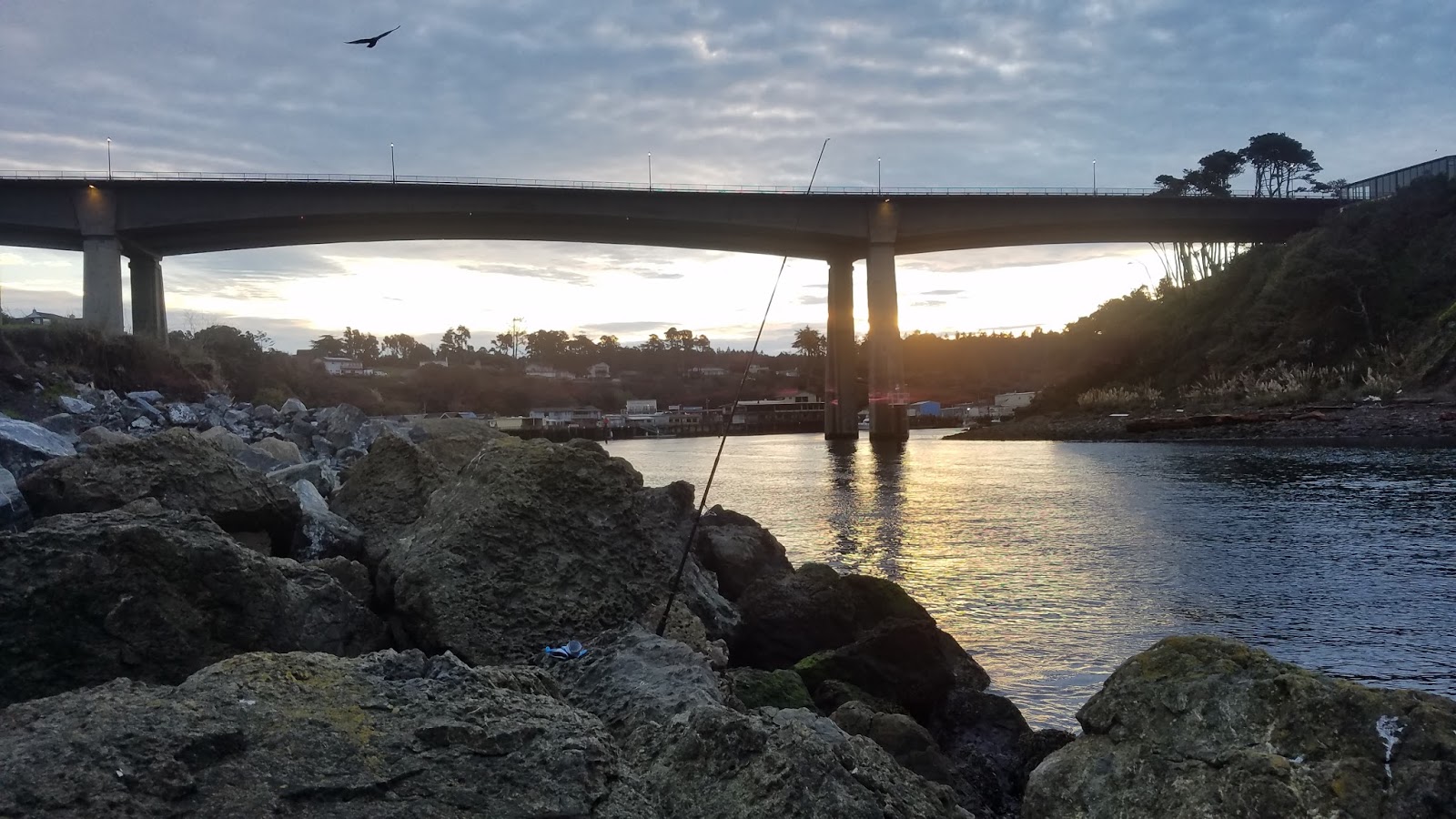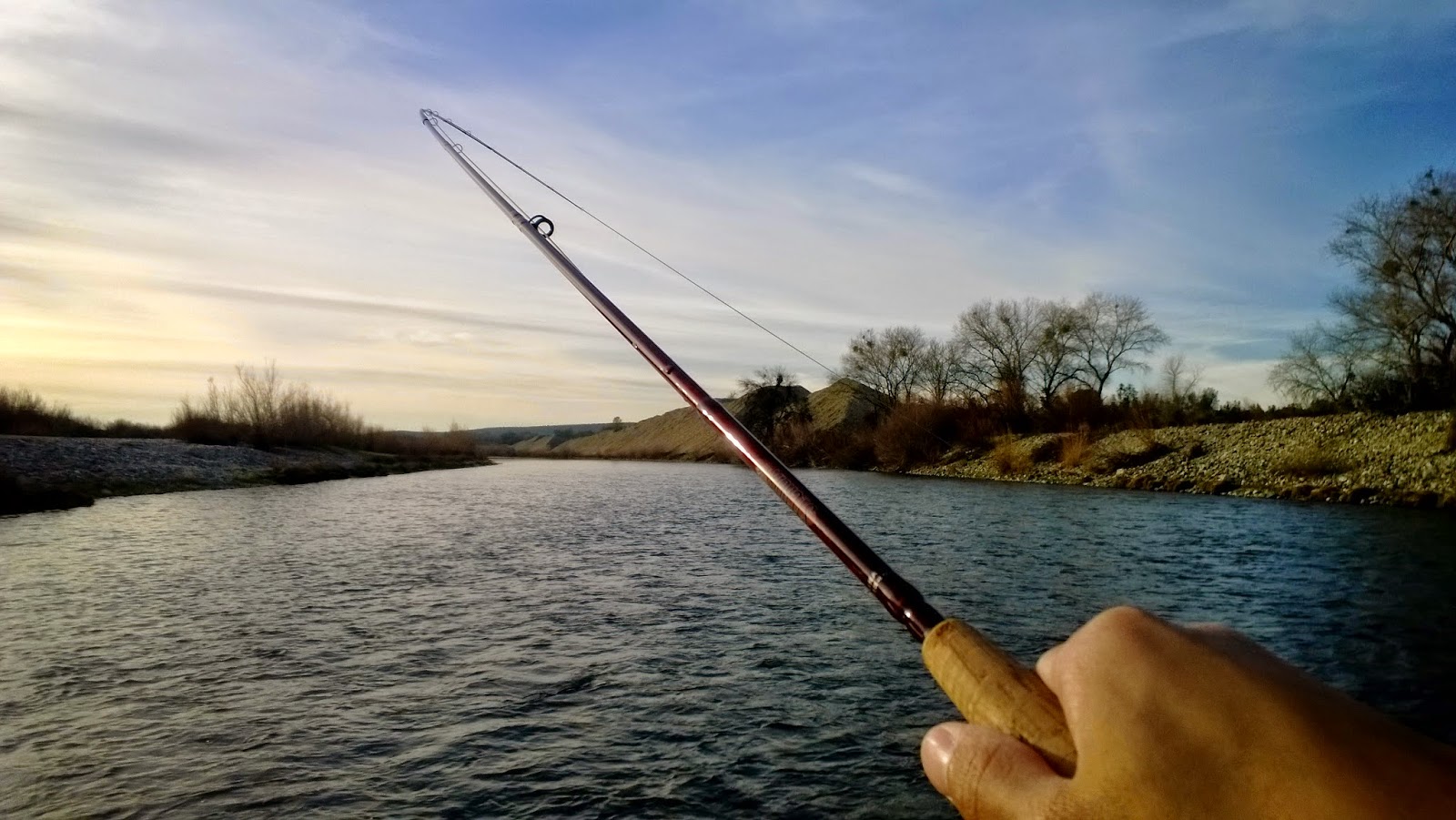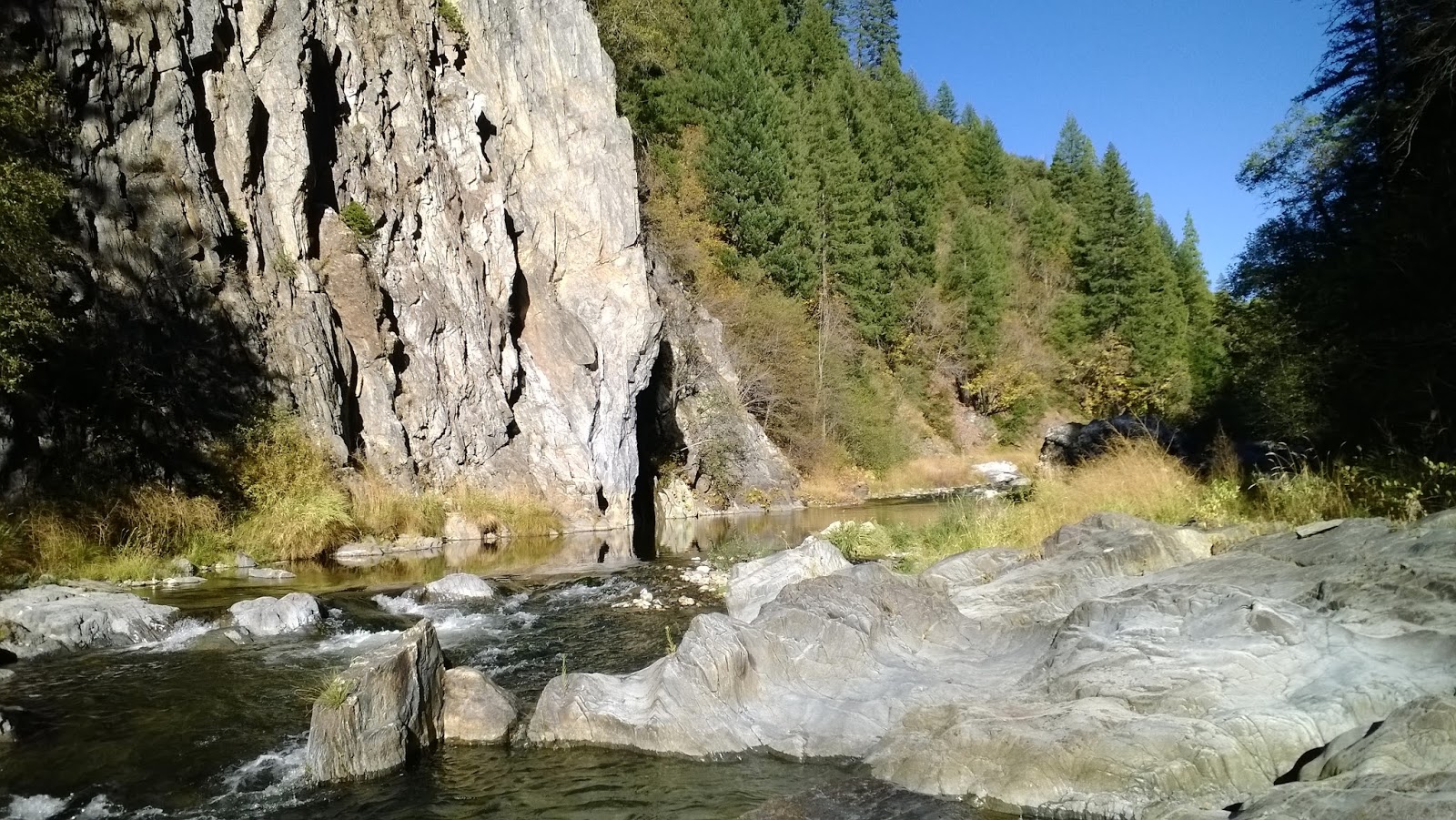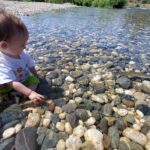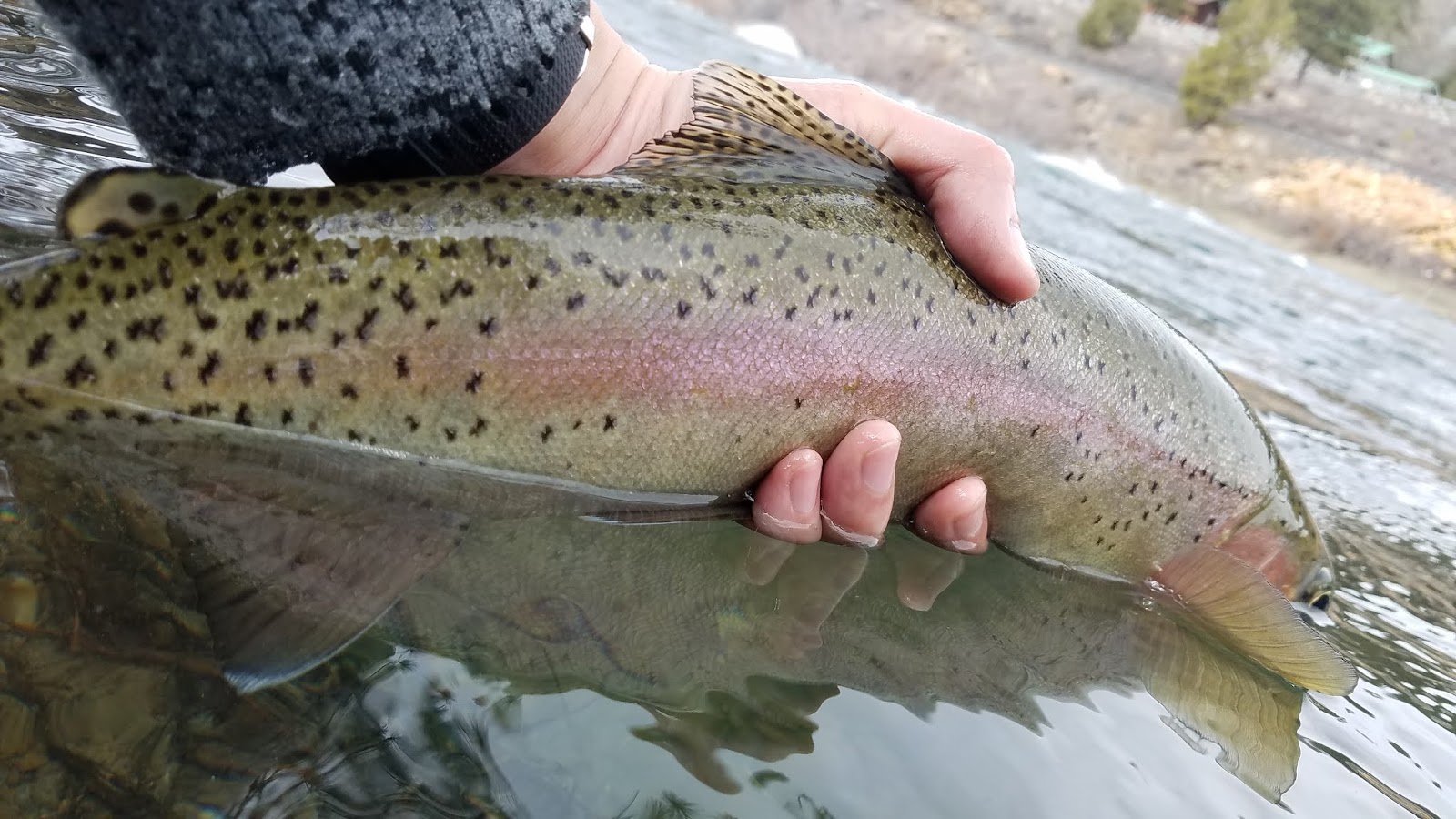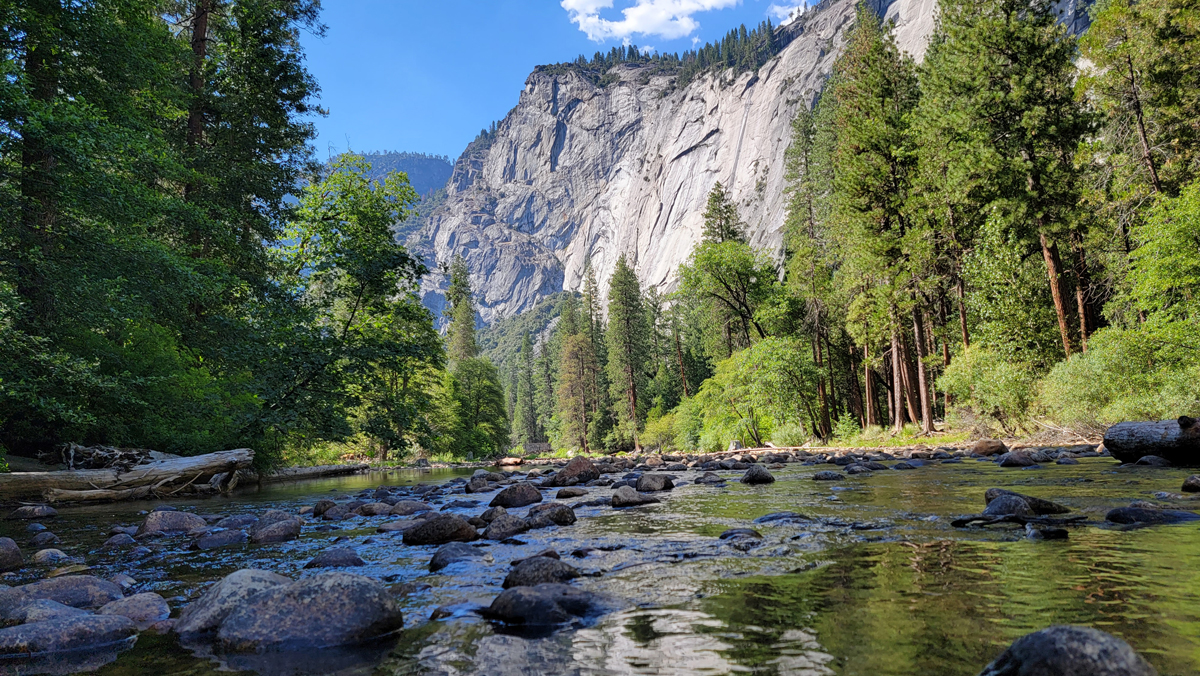
This year has been shaping up to be a slower year in terms of fishing. The weather was been unusually warm with little to no rain since February and the fishing hasn’t been nearly as good as it was last year. I have a feeling that this summer is going to be the hottest summers ever. I’ve been able to find some time on the water maybe once or twice a month but I feel as though I’m just going through the motions almost like deja vu but the fishing is not as good.
The Yuba River has been seeing most of my time and has been fishing well if you know where to look. The fish don’t seem to be spread out as much as they’ve been in the past and I’ve been finding them completely stacked in certain spots. I felt that the skwala hatch was a bit short and weak this year. The March Brown hatch however never disappoints. The fish were still on the March Browns in April and should have transitioned to caddis as the weather warms. The evening caddis hatch is quite spectacular and is a great hatch to fish if you only have an hour or two to spare. The summer has been a bit tough with the +100 degree weather but the higher flows and cooler waters make it a good option year round. The fish were on all sorts of different bugs when I fished it a few days ago. Micro caddis worms, midges, stoneflies, and mayflies.
I changed it up a bit and checked out the Feather River in April. The river was low which didn’t bold well for fish that need the increased flows to move up. The wind this visit was over +20MPH but somehow I made it work. I hooked several steelhead but only managed to land three of them. It’s been awhile since my rod’s been bent by chrome. Sometimes I forget just how powerful these fish are. It was a nice change of pace from the Yuba although the fish were also stacked up in certain spots most likely due to the lower flows.
I tried once for shad this year but gave up after getting skunked. I read that they were a bit late this year and didn’t have the opportunity to try again.
Time has been flying and I’ve been spending most of it with my wife and toddler who turned two this year. For the past couple of months the weather has been unfavorable on my days off so I’ve been occupying my time with other hobbies. I’ve recently taken up herpetoculture again and have built a couple of beautiful vivariums for frogs that I’ve been keeping. My priorities in life have changed a bit but that’s just life. I hope I can find the time to explore some smaller streams this year but if it doesn’t happen it doesn’t happen. Tight lines out there!

